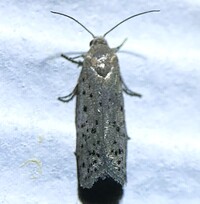
| Recorded by: Dean Furbish on 2025-08-25
Wake Co.
Comment: | 
| Recorded by: Melody McMichael on 2025-08-09
Forsyth Co.
Comment: |
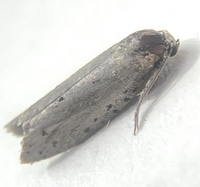
| Recorded by: Ken Kneidel on 2025-07-21
Mecklenburg Co.
Comment: | 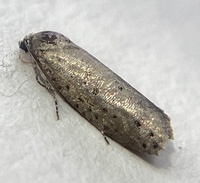
| Recorded by: Ken Kneidel on 2025-07-21
Mecklenburg Co.
Comment: |
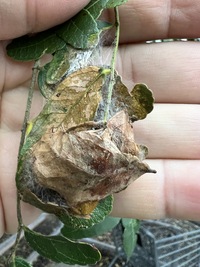
| Recorded by: Stephen Dunn on 2024-07-29
Orange Co.
Comment: | 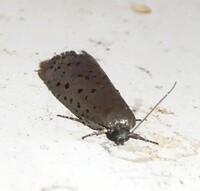
| Recorded by: Simpson Eason on 2024-05-30
Durham Co.
Comment: |
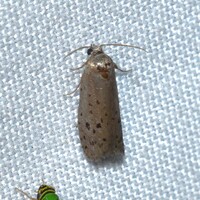
| Recorded by: Jeff Niznik on 2023-08-16
Orange Co.
Comment: | 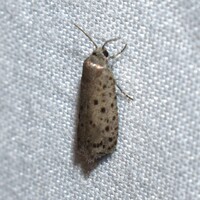
| Recorded by: Jeff Niznik on 2023-07-21
Orange Co.
Comment: |
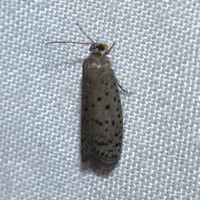
| Recorded by: Jeff Niznik on 2023-07-11
Orange Co.
Comment: | 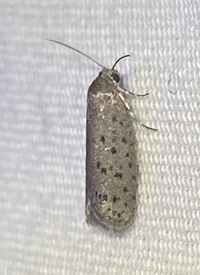
| Recorded by: David George, Lior Carlson, Richard Teper on 2022-09-06
Orange Co.
Comment: |

| Recorded by: Dean Furbish and Joy Wiggins on 2022-09-03
Wake Co.
Comment: | 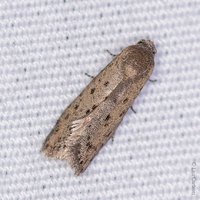
| Recorded by: David George, L. M. Carlson on 2022-07-30
Orange Co.
Comment: |

| Recorded by: David George, Lior Carlson, Becky Watkins, Richard Teper, Stephen Dunn on 2022-07-23
Orange Co.
Comment: | 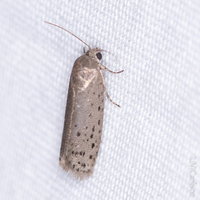
| Recorded by: David George, L. M. Carlson on 2022-07-14
Orange Co.
Comment: |
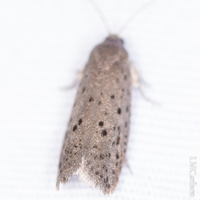
| Recorded by: David George, L. M. Carlson on 2022-07-11
Alamance Co.
Comment: | 
| Recorded by: Gary Maness on 2022-07-11
Guilford Co.
Comment: |
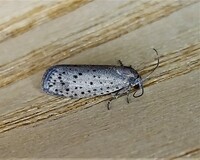
| Recorded by: Gary Maness on 2022-07-02
Guilford Co.
Comment: | 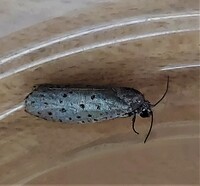
| Recorded by: Gary Maness on 2022-06-21
Guilford Co.
Comment: |

| Recorded by: Gary Maness on 2022-06-11
Guilford Co.
Comment: | 
| Recorded by: Gary Maness on 2022-06-04
Guilford Co.
Comment: |
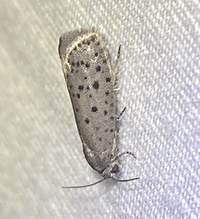
| Recorded by: David George, L. M. Carlson on 2022-06-02
Orange Co.
Comment: | 
| Recorded by: David George, L. M. Carlson on 2022-05-28
Orange Co.
Comment: |
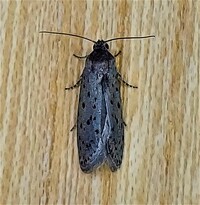
| Recorded by: Gary Maness on 2022-05-20
Guilford Co.
Comment: | 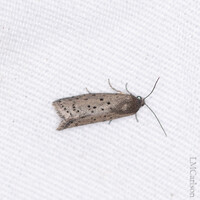
| Recorded by: David George, L. M. Carlson on 2022-05-17
Orange Co.
Comment: |

| Recorded by: Gary Maness on 2022-05-07
Guilford Co.
Comment: | 
| Recorded by: David George, L. M. Carlson on 2022-05-04
Orange Co.
Comment: |
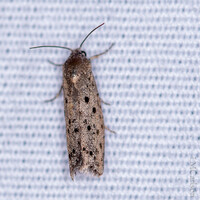
| Recorded by: David George, L. M. Carlson on 2022-05-03
Orange Co.
Comment: | 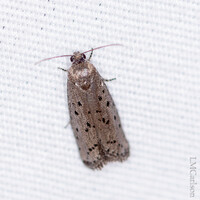
| Recorded by: David George, L. M. Carlson on 2022-04-25
Orange Co.
Comment: |

| Recorded by: David George, L. M. Carlson on 2021-09-03
Orange Co.
Comment: | 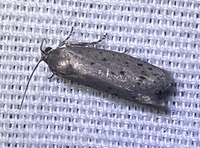
| Recorded by: David George, L. M. Carlson on 2021-08-27
Orange Co.
Comment: |
|

 »
»
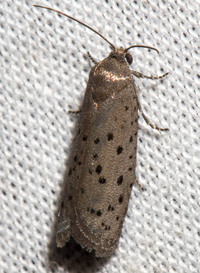
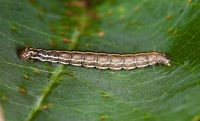
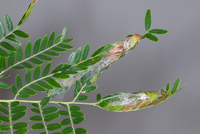

 »
»


